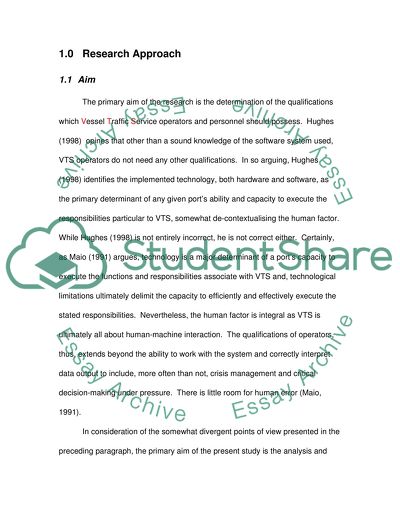Cite this document
(“Vessel Traffic Services (VTS) Essay Example | Topics and Well Written Essays - 5000 words”, n.d.)
Vessel Traffic Services (VTS) Essay Example | Topics and Well Written Essays - 5000 words. Retrieved from https://studentshare.org/miscellaneous/1522549-vessel-traffic-services-vts
Vessel Traffic Services (VTS) Essay Example | Topics and Well Written Essays - 5000 words. Retrieved from https://studentshare.org/miscellaneous/1522549-vessel-traffic-services-vts
(Vessel Traffic Services (VTS) Essay Example | Topics and Well Written Essays - 5000 Words)
Vessel Traffic Services (VTS) Essay Example | Topics and Well Written Essays - 5000 Words. https://studentshare.org/miscellaneous/1522549-vessel-traffic-services-vts.
Vessel Traffic Services (VTS) Essay Example | Topics and Well Written Essays - 5000 Words. https://studentshare.org/miscellaneous/1522549-vessel-traffic-services-vts.
“Vessel Traffic Services (VTS) Essay Example | Topics and Well Written Essays - 5000 Words”, n.d. https://studentshare.org/miscellaneous/1522549-vessel-traffic-services-vts.


